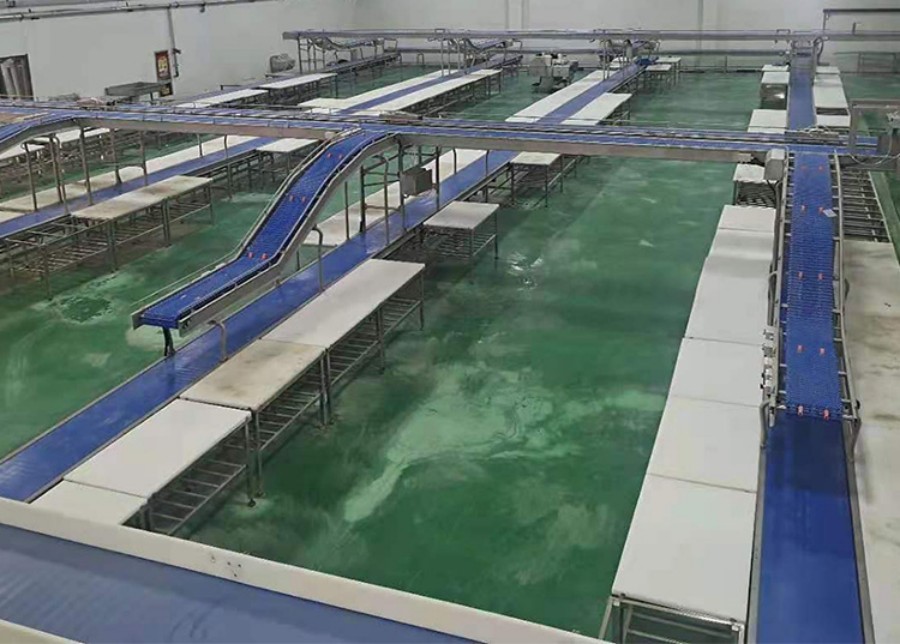Quad segmentation: Under normal circumstances, the two segments that come out of the cooling room are first cut into four segments using a segment saw or hydraulic shear at the quad segment station, and hung on a hand-pushed track. superior.
Initial segmentation: According to the specifications of the segmented product, some of the initially segmented meat pieces can be segmented from the front or rear quarters using the hanging segmentation method at the quarter station. Some of the initially segmented meat pieces need to be segmented at Completed on stage.
Rough trimming: Rough trimming is to trim and remove excess fat, surface blood congestion or bruises, lymph and glands, and connected small pieces of minced meat on the initially segmented large pieces of meat in accordance with the specifications of the segmented product to obtain the initial segmented product.
Secondary segmentation: Secondary segmentation is to divide the initially large pieces of meat into smaller pieces again according to the specifications of the segmented product to obtain multiple smaller pieces of meat. Secondary splitting is usually done on a splitting table.
Fine trimming: Fine trimming is to trim the first-cut large pieces of meat or the second-cut small pieces of meat according to the specifications of the cut products. In addition to trimming the fat, fascia, etc., it is also necessary to keep the surface of the meat smooth and clean, so as to obtain Finish cutting products.
Inner packaging: Inner packaging uses packaging materials that are in contact with the divided products to package the divided products, usually food-grade plastic bags. Foreign body detection: Use equipment such as metal detectors or Safety.
Ripening/freezing: If it is cold fresh meat, put the divided products that have completed inner packaging into the cooling room and continue the maturation process until the required maturation time is reached. If it is a frozen product, place it in the quick-freezing room to quickly freeze the divided product.
Outer packaging: Usually the mature/frozen segmented products are weighed, put into cartons, and then sealed, coded and labeled. Warehousing: After the divided products are packaged, they can be stored in refrigerated/frozen warehouses
Post time: Jan-25-2024

